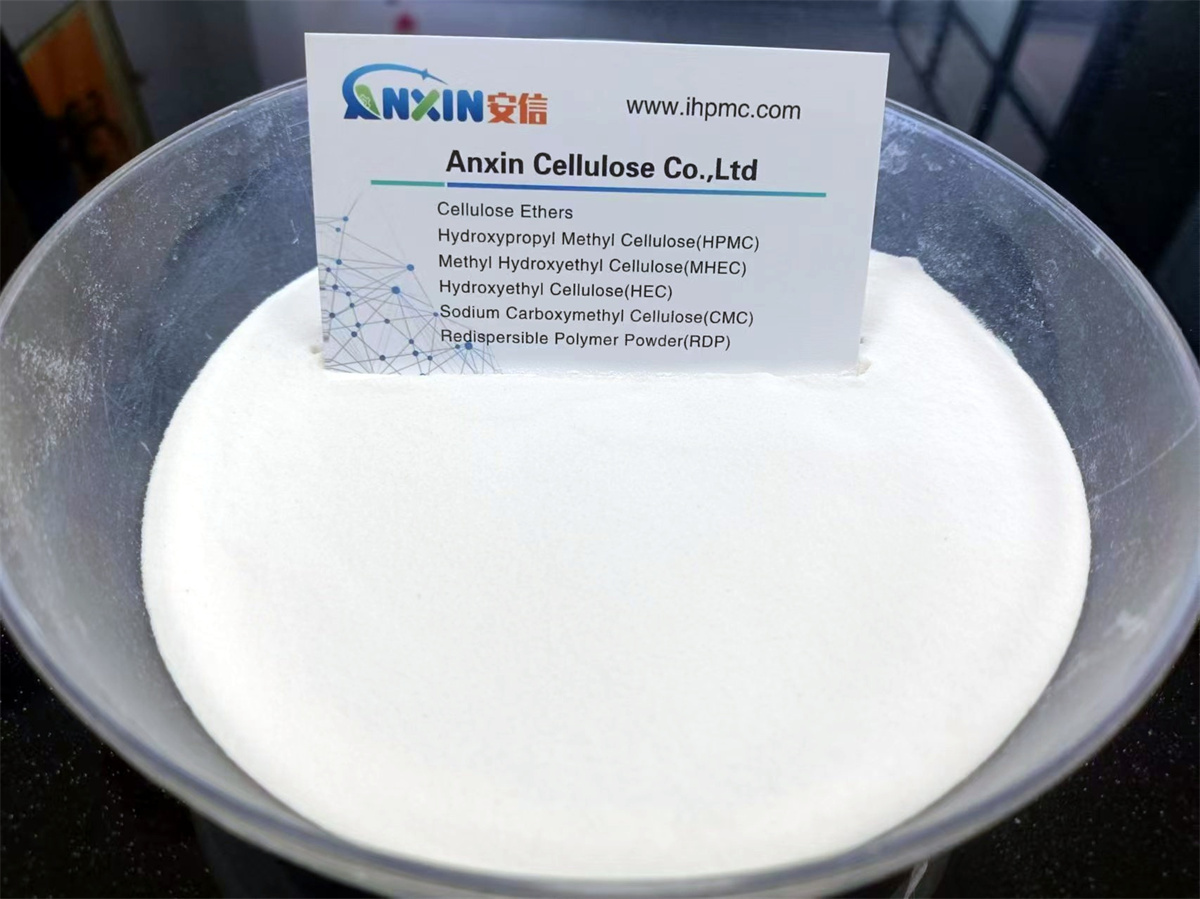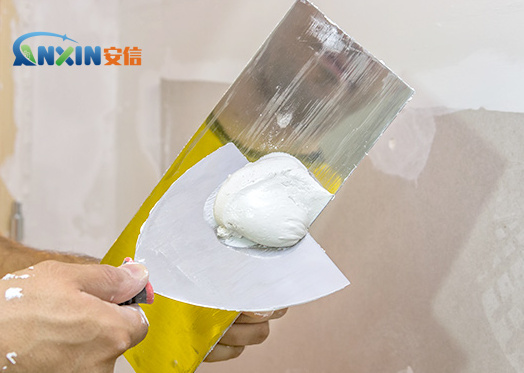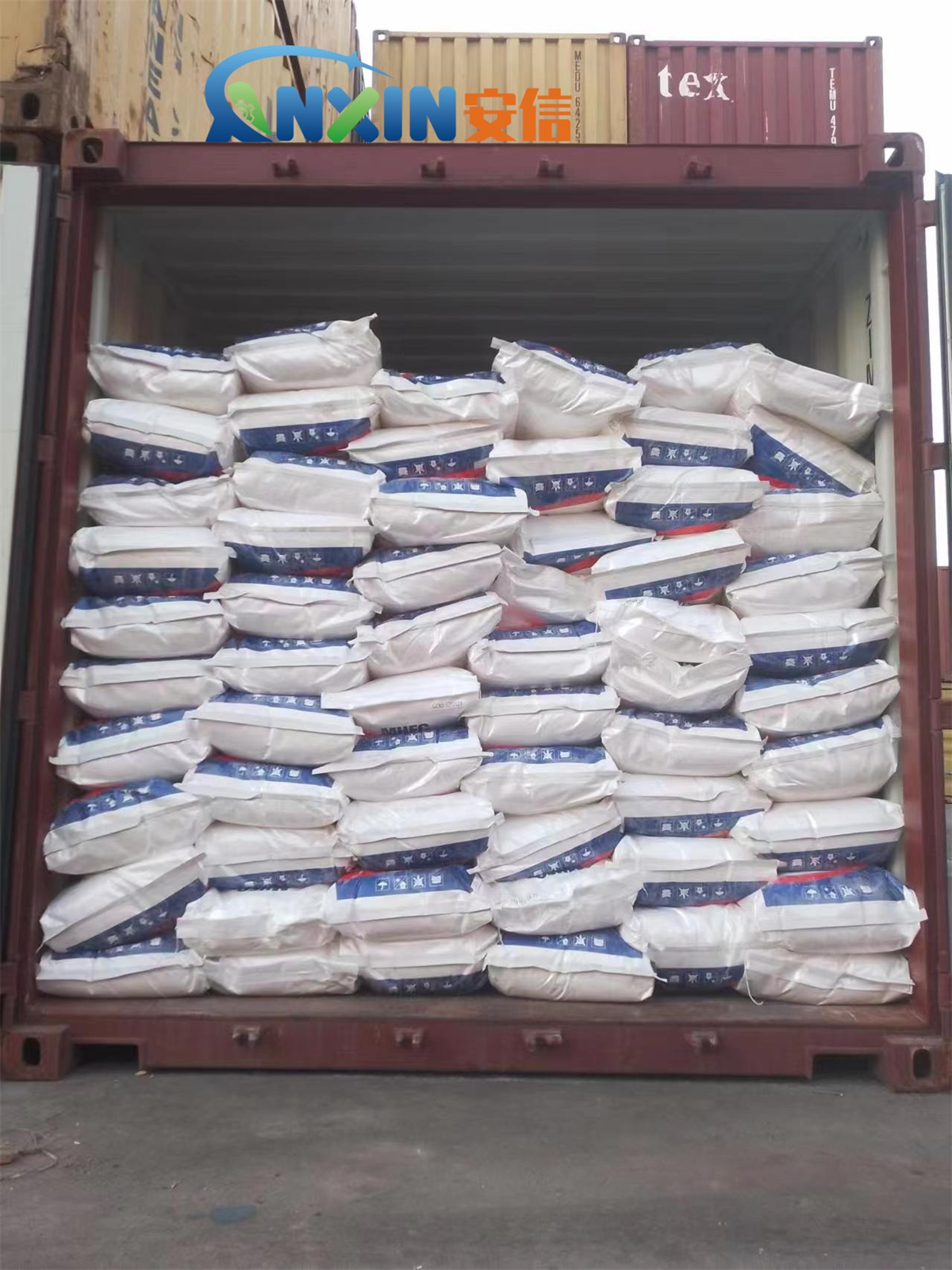Adding 100,000 viscosity hydroxypropyl methylcellulose (HPMC) to putty formulations offers numerous advantages that enhance the performance, workability, and overall effectiveness of the final product. Hydroxypropyl methylcellulose is a versatile polymer widely used in construction materials due to its unique chemical and physical properties.

1. Improved Workability
AnxinCel®HPMC significantly enhances the workability of putty. The high viscosity grade (100,000) provides excellent water retention and lubrication, making the material easier to spread and apply. This ensures a smoother application process, especially on vertical or overhead surfaces, where sagging or dripping might otherwise occur.
Smooth Application: The improved consistency and flow characteristics allow for uniform coverage, reducing the effort required by applicators.
Reduced Drag: By lowering resistance during application, it minimizes the strain on workers and allows for faster, more efficient work.
2. Superior Water Retention
One of the standout properties of HPMC is its exceptional water retention capability. In putty formulations, this translates to better hydration of the cement or gypsum, leading to improved curing and performance.
Extended Open Time: The water retained within the formulation allows workers more time to adjust and perfect the application.
Enhanced Adhesion: Proper hydration ensures optimal bonding of the putty to the substrate, increasing durability and preventing premature failure.
Reduced Cracking: Adequate water retention prevents rapid drying, reducing the risk of shrinkage cracks and surface defects.
3. Improved Sag Resistance
For applications on vertical surfaces, sagging can be a significant challenge. The high viscosity of 100,000 HPMC enhances the thixotropic properties of putty, providing better stability during application.
Thicker Layers: Putty can be applied in thicker layers without concerns about slumping.
Cleaner Application: Reduced sagging means less material wastage and cleaner job sites.

4. Enhanced Adhesion and Bonding Strength
HPMC improves the adhesive properties of putty, ensuring better bonding to various substrates, including concrete, plaster, and drywall. This is particularly crucial for applications in demanding environments where adhesion failure can compromise the integrity of the finish.
Wide Substrate Compatibility: The polymer ensures strong adhesion across a variety of surfaces, making the putty more versatile.
Long-Lasting Durability: Improved bonding strength contributes to a longer lifespan of the applied material.
5. Consistency and Stability
The high viscosity of HPMC ensures uniform mixing and a stable formulation. This contributes to consistent quality and performance across batches.
Prevents Segregation: HPMC acts as a stabilizer, preventing the separation of components during storage or application.
Uniform Texture: The polymer ensures homogeneity in the final mixture, leading to a smoother and more aesthetically pleasing finish.
6. Resistance to Shrinkage and Cracking
AnxinCel®HPMC’s water retention and film-forming properties help mitigate issues related to shrinkage and cracking, which are common in cementitious or gypsum-based putties.
Minimized Drying Stress: By controlling the rate of water evaporation, HPMC reduces internal stresses that lead to cracking.
Improved Surface Integrity: The result is a flawless, crack-free finish that enhances the visual appeal of the surface.
7. Improved Freeze-Thaw Stability
Putty formulations containing HPMC exhibit enhanced resistance to freeze-thaw cycles, making them more suitable for use in regions with fluctuating temperatures.
Extended Shelf Life: Improved stability during storage and transport ensures the product remains usable under various conditions.
Weather Resistance: The putty maintains its performance and structural integrity despite exposure to harsh environmental conditions.
8. Eco-Friendly and Safe
HPMC is a non-toxic, biodegradable material that aligns with the growing demand for environmentally friendly construction products.
Reduced Environmental Impact: Its biodegradability ensures minimal long-term environmental footprint.
Worker Safety: The material is safe to handle and does not emit harmful fumes during application.
9. Cost-Effectiveness
While HPMC might initially increase material costs, its contribution to better performance and reduced wastage ultimately leads to cost savings.
Reduced Material Waste: Enhanced sag resistance and workability mean less material is lost during application.
Lower Maintenance Costs: The durability and crack resistance of the finished product reduce the need for frequent repairs or touch-ups.

10. Improved Customer Satisfaction
The combination of easier application, superior performance, and long-lasting results translates to higher satisfaction among end-users, contractors, and property owners.
Professional Finish: The smooth, crack-free surface ensures a high-quality appearance.
Reliability: The consistent performance of the product builds trust and satisfaction among users.
Incorporating 100,000 viscosity hydroxypropyl methylcellulose into putty formulations offers a multitude of advantages that improve both the application process and the performance of the finished product. From superior water retention and enhanced workability to improved adhesion and long-term durability, AnxinCel®HPMC plays a critical role in addressing common challenges in putty applications. Additionally, its eco-friendly and non-toxic nature aligns with modern construction practices aimed at sustainability and safety. These benefits make 100,000 viscosity HPMC an indispensable additive for high-quality putty formulations, ensuring exceptional results for both applicators and end-users.
Post time: Jan-23-2025